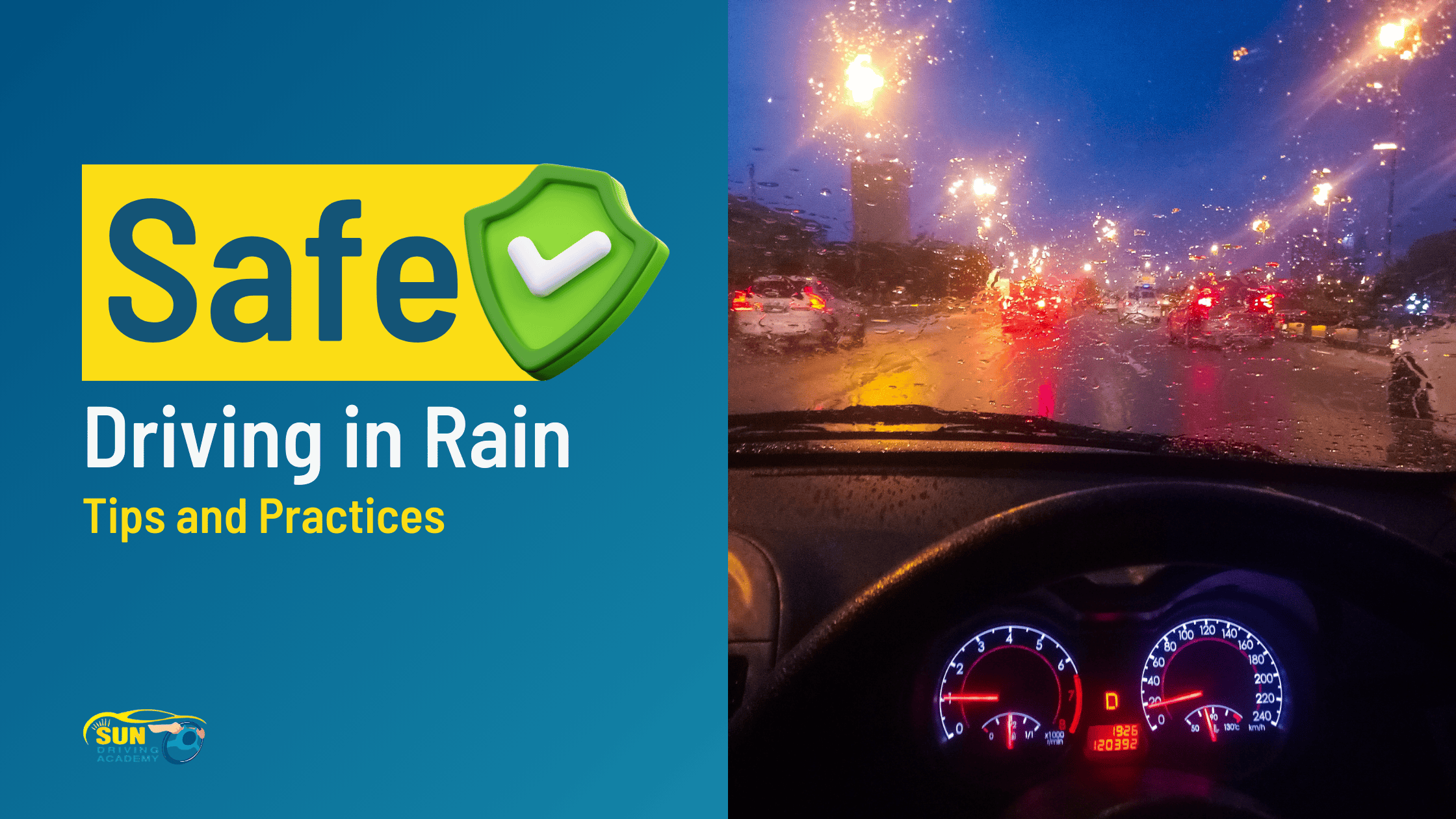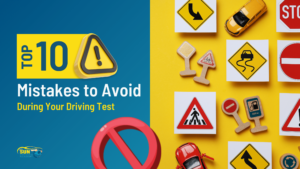Driving in the rain can be dangerous, but you can stay safe by taking the right precautions. It’s important for all drivers to know the risks of driving in wet weather and how to reduce them. This post will give you important safety tips for driving in the rain.
1. Understanding the Risks of Driving in the Rain
Driving in the rain is more dangerous because it’s harder to see, roads are slippery, and it takes longer to stop. Wet roads can make your tires lose grip, which can make you lose control of your car. Knowing these dangers is the first step to driving safely in the rain.
2. Prepare Your Vehicle for Rainy Conditions
Before driving in the rain, make sure your car is prepared. Here are some essential preparation tips:
- Check Your Tires: Check your tires to make sure they have enough tread and are filled with the right amount of air. Having good tires helps your car grip the road better and lowers the chance of skidding on wet roads.
- Inspect Wipers and Lights: Replace old windshield wipers and make sure all your lights work properly, including headlights, taillights, and turn signals. This helps you see better and helps other drivers see you.
- Maintain Your Brakes: Check your brakes to make sure they work well. Wet roads make it harder to stop, so it’s important to have brakes that work quickly.
3. Slow Down and Increase Following Distance
When driving in the rain, it’s important to slow down. This gives you more time to react and reduces the chance of hydroplaning. Also, keep a greater distance between your car and the one in front of you. This way, you’ll have more time to stop safely if the car ahead suddenly brakes.
4. Use Your Headlights
Turn on your headlights when driving in the rain, no matter the time. This helps you see better and makes your vehicle easier for others to see. Don’t use high beams as they can reflect off the rain and make it harder to see.
5. Avoid Sudden Movements
To control your vehicle in the rain, make smooth movements. Don’t brake, accelerate, or turn suddenly as it can make your tires slip. If you need to slow down, gently lift off the gas and brake gently.
6. Be Aware of Hydroplaning
Hydroplaning happens when water gets between your tires and the road, making you lose control. If you start to hydroplane, stay calm. Follow these steps:
- Ease Off the Accelerator: Gradually reduce your speed without braking suddenly.
- Steer Straight: Keep the steering wheel straight and avoid making sudden turns.
- Wait for Traction to Return: When your tires touch the road again, you will have better control of the vehicle.
7. Stay Alert and Avoid Distractions
When it’s raining, pay attention. Focus on driving and don’t get distracted by things like phones, food, or the radio. Being alert helps you react fast to any dangers.
8. Know When to Pull Over
If it rains heavily and you can’t see well, it’s safer to stop and wait for the weather to get better. Find a safe place to park, like a rest area or parking lot, and turn on your hazard lights to warn other drivers.
9. Use Defrosters and Air Conditioning
Rain can make your windows foggy, which makes it hard to see. Use your car’s defrosters and air conditioning to keep the windows clear. This will help you see the road and everything around you.
10. Avoid Puddles and Standing Water
Driving through puddles or standing water can be risky. Potholes and debris can harm your vehicle, and deep water can cause your engine to stall or make you lose control. If you can’t avoid a puddle, drive slowly and carefully through it.
11. Practice Defensive Driving
Defensive driving is important in all weather, especially in the rain. Watch out for other drivers who may not drive carefully. Look for sudden stops, lane changes, and unexpected movements from other vehicles.
Conclusion
Drive carefully in the rain by preparing and being cautious. Follow safety tips to reduce risks and arrive safely. Prepare your vehicle, adjust driving habits, and stay alert in wet conditions. Stay safe on the roads, regardless of the weather.
Related Articles:




